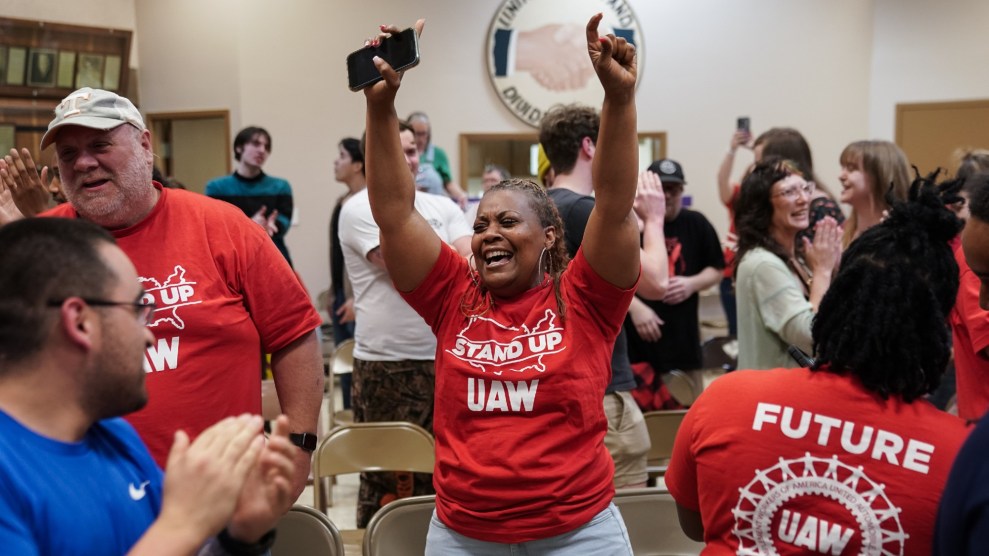Delightful little story in the New York Times:
In January 1955, Homer Jacobson, a chemistry professor at Brooklyn College, published a paper called “Information, Reproduction and the Origin of Life” in American Scientist, the journal of Sigma Xi, the scientific honor society.
In it, Dr. Jacobson speculated on the chemical qualities of earth in Hadean time, billions of years ago when the planet was beginning to cool down to the point where, as Dr. Jacobson put it, “one could imagine a few hardy compounds could survive.”
Nobody paid much attention to the paper at the time, he said in a telephone interview from his home in Tarrytown, N.Y. But today it is winning Dr. Jacobson acclaim that he does not want — from creationists who cite it as proof that life could not have emerged on earth without divine intervention.
So after 52 years, he has retracted it.
These folks are going to be awfully disappointed. Dr. Jacobson is quite the character. More after the jump.
The retraction came about when, on a whim, Dr. Jacobson ran a search for his name on Google. At age 84 and after 20 years of retirement, “I wanted to see, what have I done in all these many years?” he said. “It was vanity. What can I tell you?”
He found many entries relating to his work on compounds called polymers; on information theory, a branch of mathematics involving statistics and probability; and other subjects. But others were for creationist sites that have taken up his 1955 paper as scientific support for their views.
Darwinismrefuted.com, for example, says Dr. Jacobson’s paper “undermines the scenario that life could have come about by accident.” Another creationist site, Evolution-facts.org, says his findings mean that “within a few minutes, all the various parts of the living organism had to make themselves out of sloshing water,” an impossible feat without a supernatural hand.
“Ouch,” Dr. Jacobson said. “It was hideous.”















